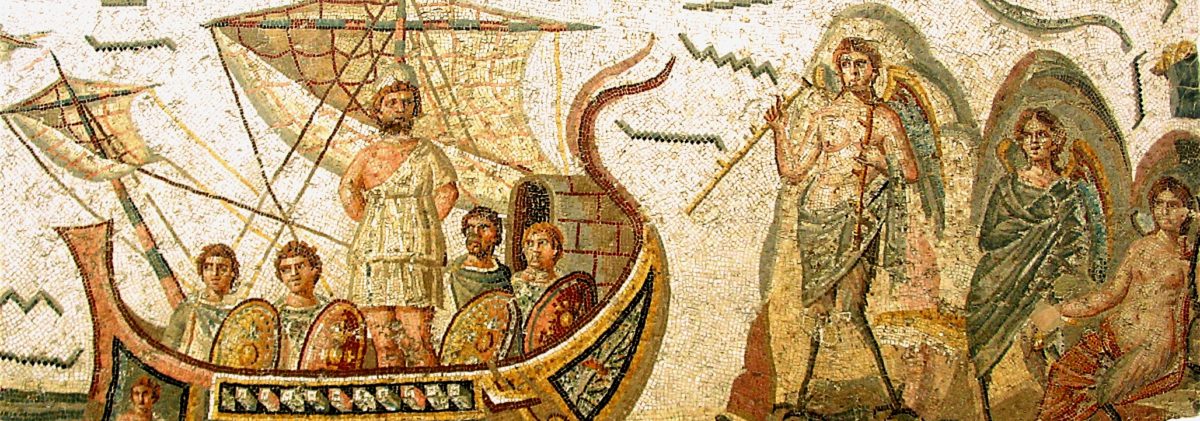It is well and widely known that ancient Greek parents typically compelled their daughters to marry at a shockingly young age, one at which they would legally be considered minors in most countries in the twenty-first century. Greek men, by contrast, typically married much older, usually when they were in their late twenties or thirties. As a result, the groom at an ancient Greek wedding was usually at least a decade older than the bride he was marrying—and in many cases much older than that.
Unmarried girls were effectively considered their father’s property. Marriages were usually arranged primarily between a girl’s father and her male suitor. The extent to which a father allowed his daughter to decide which man she would marry probably varied significantly depending on factors such as time period, region, and the specific father in question’s personality and attitudes; in some cases, girls probably had significant say over which man they married, but it is likely that, in other cases, they had little or no say.
Exactly how young did ancient Greek women really marry, though? Popular histories and even many academics routinely assert as fact that Greek parents typically forced their daughters to marry as soon as they began puberty, before they even turned fifteen. In this post, however, I will argue that this is based mainly on one literary passage describing a bride who was probably unusually young and was not typical for most city-states. Instead, a more comprehensive view of the evidence suggests that Greek girls actually most commonly married when they were a bit older, broadly between the ages of fourteen and nineteen. The ages at which girls married also varied significantly across regions; ancient authors record that, in certain parts of the Greek world, girls typically married significantly younger or older than they did in other parts.
Continue reading “At What Age Did Ancient Greek Women Typically Marry?”









